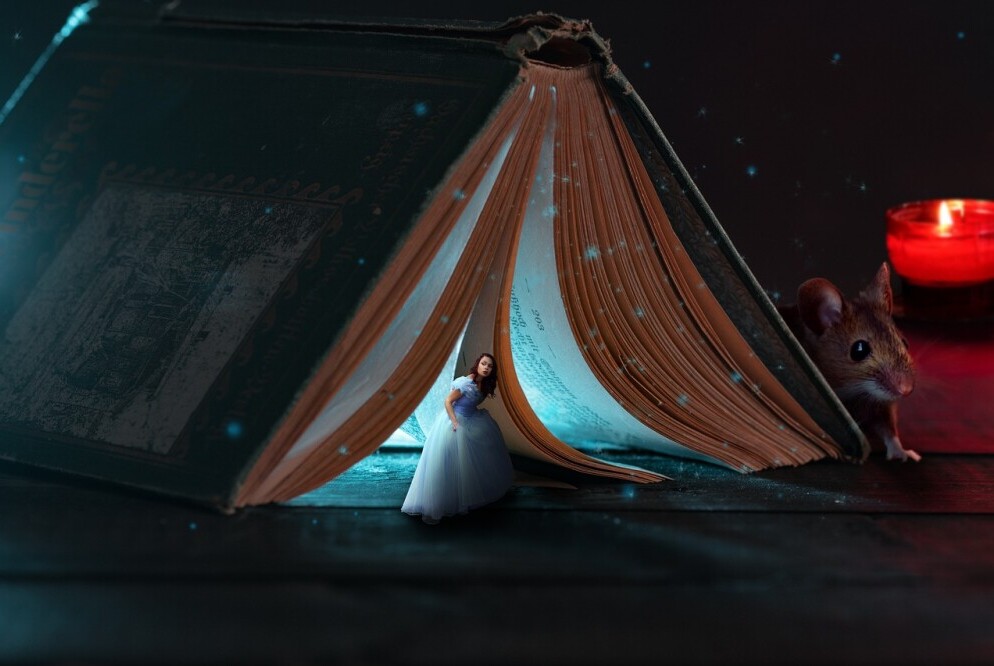
Like an onion, subplots give layers to your story!
Subplots are those sneaky little narrative devices that often go unnoticed but pack a punch when done right. Think of them like the side dish that steals the show at dinner. In storytelling, they’re the sidekicks that give depth to your main act.
Subplots exist to support and enrich the main storyline. They add layers and textures, giving the audience more to chew on. Without them, stories can feel a bit one-dimensional, lacking the robust, immersive experience that keeps people hooked. Whether it’s the friendship dynamics in a high school drama or the personal struggles of a detective in a whodunit, these additional threads bolster the story’s primary arc.
Looking at some examples can really help. Take ‘Harry Potter’—beyond the fight against Voldemort, there’s Hermione’s campaign to free house-elves or the blossoming love interests. These subplots not only enrich the main plot but also flesh out the world, making it more relatable and engaging.
In films, consider the movie ‘The Lord of the Rings’. Frodo’s quest to destroy the Ring is the main storyline, but subplots like Aragorn’s path to kingship and the fellowship’s varied trials add depth. They make the story feel like a tapestry rather than just a single thread.
When adding subplots, understanding their role in the narrative is essential. They shouldn’t just be there for padding. Instead, think of them as ways to illuminate the main story, giving insights that might not be possible within the confines of the primary plot. With the right balance, subplots can turn a good story into a great one.
Crafting Subplots That Complement the Main Theme

Crafting subplots isn’t just about throwing in an extra story here and there. They need to complement and enhance your main theme like a perfect harmony. Think alignment, like matching accessories with an outfit. The goal is to boost the main storyline without overshadowing it.
So, how do you ensure your subplots align with the main theme? Start by making sure they echo the core message or themes of your main plot. If your story centers on redemption, subplots could explore various aspects of atonement or forgiveness through different characters’ lenses. This keeps the narrative cohesive and unified.
Character-driven subplots are a powerful tool. They give secondary characters a spotlight, shining a light on their arcs and linking them back to the main characters. This doesn’t just flesh out your narrative, it makes it feel alive. Every character can serve a purpose, and their storylines can reflect and support the main plot.
Balancing act—keeping subplots adequately balanced with the main plot is key. Too much subplot can overcrowd, while too little can underwhelm. It’s all about knowing which threads to pull and when to let them flow naturally without confusing or losing the audience.
Getting the balance right requires practice and patience. Start by sketching out your subplots and checking them against your main storyline. Do they make sense together? Does one overshadow the other? Remember, subplots are side quests meant to enrich, not confuse, the journey.
Evaluating the Impact of Subplots on Audience Engagement

Audience engagement often hinges on how well subplots are woven into the main storyline. Subplots can either deepen the audience’s connection with the main plot or, if poorly crafted, can lead to confusion and disengagement. It’s like making sure all the pieces of a puzzle fit together seamlessly.
One way to gauge the impact of subplots is through audience response. Are the readers or viewers intrigued by the additional layers? Do the subplots spark conversations and theories about how they’ll affect the main storyline? Positive engagement indicates that the subplots are enhancing rather than distracting.
The psychological effect of subplots comes into play when keeping an audience immersed. Well-crafted subplots pull the audience in closer. They create opportunities for tension and relief, making the story more dynamic and less predictable. By weaving these into the narrative, writers can play with emotions, keeping the audience invested.
Measuring subplot success can be a bit subjective, but feedback from readers and critics often serves as a good indicator. If subplots are memorable and contribute to the story’s overall emotional or thematic journey, you’re likely on the right track. Constructive criticism, on the other hand, provides insights for balancing and fine-tuning future narratives.
Ultimately, a successful subplot will linger in the audience’s mind long after the story is over, prompting reflection and discussion. It becomes a part of the narrative fabric, showing that every element of the story has value and significance.
